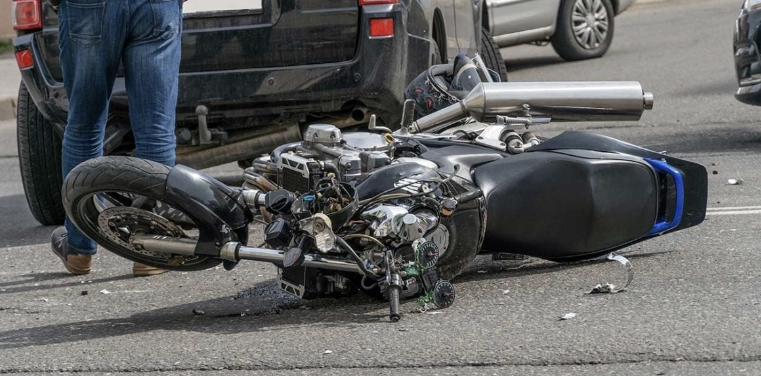It is thrilling and exciting to ride a motorbike. However, the unpleasant truth is that if basic safety measures are not implemented, riding a motorbike may be highly deadly. According to the Canada Department of Transportation’s (DOT) 2016 assessment, car drivers are 28 times more likely than motorcyclists to die in a traffic collision. The DOT also stated that 5,029 motorcycle riders lost their lives in crashes in 2016—a 5.1% increase from 2015.
Given these figures, it is evident that motorcycle safety is a top priority. Therefore, we’ve put up a list of advice so you may enjoy your journey without risk.
Enroll in a safety class.
You may learn motorcycle-specific traffic laws in a safety course. Additionally, you’ll learn the correct responses to use in potentially unforeseen riding circumstances. Safety training can assist you in developing the ability and sound judgment needed to operate a motorbike.
You should check the weather before leaving.
Your ride may be hampered by snow, ice, or rain. Biker driving is risky in these conditions since you have less grip than a car and less visibility. If bad weather is predicted, pick an alternative day.
Put on your riding gear.
You are shielded from the weather, road rash, and debris by your motorcycle gear. A DOT-approved helmet, goggles, leather jacket, leather leggings or chaps, over-the-ankle boots, and non-slip gloves are among the necessary accessories. To adapt to any changing weather during the day, layer your clothing.
Before each ride, check your motorbike.
Before you ride, check your bike to ensure it is as secure as possible. Examine your brakes, gasoline, oil, tire pressure, mirrors, handlebars, turn signals, taillights, headlights, and horns.
Use your turn signals, abide by the speed limit, and obey traffic laws.
Although it may sound counterintuitive, it’s crucial to go by the law, utilize signals, and travel under the stated speed limit to prevent accidents. The Insurance Institute for Highway Safety reports that in 2009, excessive speed contributed to 48% of motorcycle fatalities.
Get noticed.
You can’t presume other drivers can see you. In 75% of motorcycle accidents lawyer, other vehicles failed to spot the motorbike, according to The Hurt Report, a publication of the National Highway Traffic and Safety Administration of the United States Department of Transportation in 1981. Here are a few strategies for staying visible:
- Drive with your headlights on, especially during the day.
- Wear reflective or visibly bright clothes.
- Stay out of other drivers’ blind areas.
- Always use your turn and hand signals.
Pay attention to any risks on the road.
When you drive cautiously, you can anticipate traffic jams and other dangers on the road. You might lose traction when driving through sand, grease, or gravel. It would be best if you avoided both bumps and potholes since they are both harmful. It would be best if you cross train tracks at the proper angle.
Maintain a safe distance.
It’s dangerous to tailgate. It is advised to keep at least four seconds between you and the car in front of you. This will enable you to halt in an emergency. Plan an escape route in case you can’t stop in time, like going to the shoulder.
Keep a first aid kit with you.
In an accident, keeping a basic first-aid kit with your motorbike is a good idea. You should include disinfecting wipes, bandages, hand sanitizer, gauze, adhesive tape, and Band-Aids.
Enroll in an advanced riding class.
By enrolling in an advanced riding school, you may practice and develop your abilities. You will pick up control tricks, braking methods, and complex turning manoeuvres.
We hope the advice on this list will help you plan a fun and safe road trip on your next outing. You can also contact our Ontario motorcycle accident attorneys for your protection.

